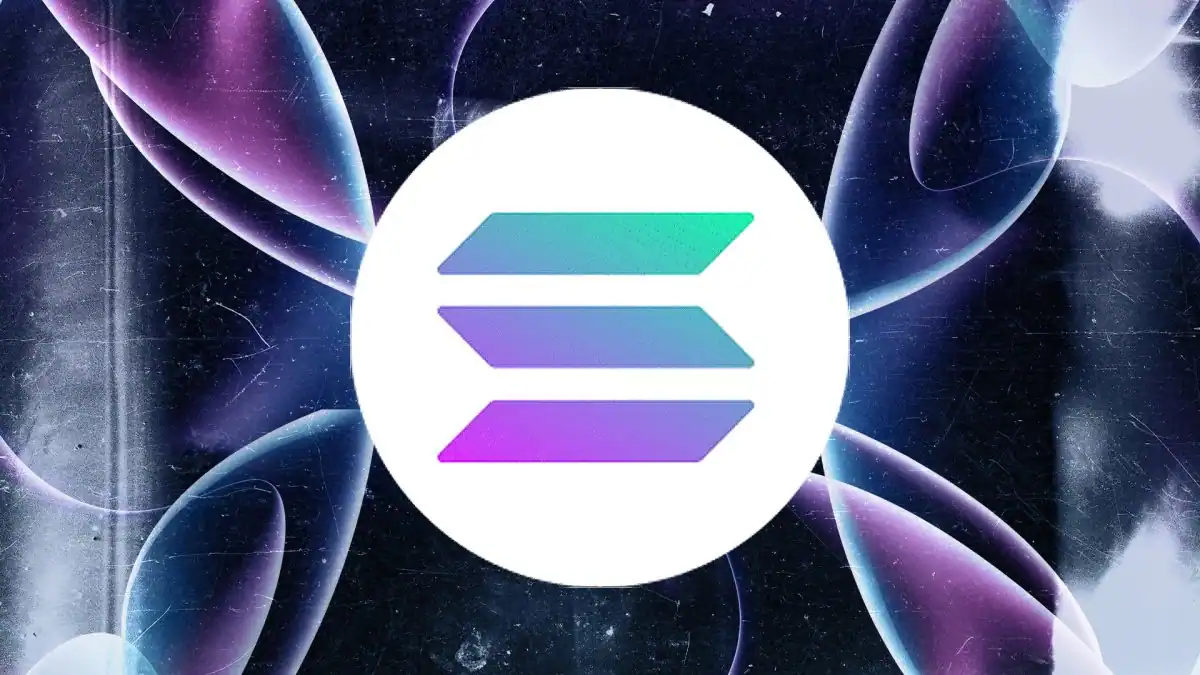In the vast landscape of cryptocurrencies, Solana (SOL) stands out as a beacon of innovation and promise. Launched in March 2020 by Anatoly Yakovenko, Solana is not just a digital currency; it’s a high-performance blockchain platform designed to tackle some of the most pressing challenges facing decentralized systems today. In this comprehensive guide, we’ll explore what Solana is, how it works, its key features, use cases, and its potential to revolutionize the future of blockchain technology.
Understanding Solana (SOL)
At its core, Solana is both a cryptocurrency and a blockchain platform. As a cryptocurrency, SOL serves as the native token of the Solana network, used for various purposes such as transaction fees, staking, and governance. However, what truly sets Solana apart is its underlying blockchain infrastructure, which is engineered for speed, scalability, and security.
The Solana Blockchain: How It Works
Solana’s architecture is built on innovative technologies and consensus mechanisms that enable it to achieve unprecedented levels of scalability and throughput. The key components of the Solana blockchain include:
Proof of History (PoH)
Proof of History (PoH) is a unique consensus mechanism developed by Solana that provides a verifiable and immutable record of historical events on the blockchain. PoH acts as a cryptographic clock, ordering transactions and events in a linear sequence, which helps validators reach consensus quickly and efficiently.
Proof of Stake (PoS)
In addition to PoH, Solana utilizes a Proof of Stake (PoS) consensus mechanism. PoS allows validators to stake their SOL tokens as collateral to validate transactions and secure the network. Validators are chosen based on the number of tokens they stake and their reputation within the network.
Tower BFT (T-BFT)
Tower BFT is Solana’s finality mechanism, which ensures the irreversibility of transactions on the blockchain. T-BFT provides fast finality, allowing transactions to be confirmed within seconds, significantly reducing the risk of double-spending attacks.
Gulf Stream
Gulf Stream is Solana’s networking protocol, optimized for low-latency communication between nodes. Gulf Stream enables Solana to achieve high throughput by efficiently propagating transactions and blocks across the network.
- A Comprehensive Guide: How to Buy Solana (SOL) – Your Ticket to the Future of Blockchain
- Unlocking the Potential of Solana (SOL) A Journey into the Future of Blockchain
- Solana Revolutionizing Blockchain with Speed, Scalability, and Innovation
Key Features of Solana
Solana’s architecture and design give rise to several key features that set it apart from other blockchain platforms:
Scalability:
Solana is capable of processing thousands of transactions per second (TPS), making it one of the most scalable blockchain platforms in existence. Its high throughput and low latency make it ideal for applications that require fast and efficient transaction processing, such as decentralized finance (DeFi), gaming, and NFT marketplaces.
Low Transaction Costs:
Despite its high throughput, Solana maintains low transaction costs, thanks to its efficient design and consensus mechanisms. This makes it affordable for users and developers to interact with the blockchain and deploy decentralized applications without incurring exorbitant fees.
Security:
Solana’s consensus mechanisms, including PoH and PoS, provide robust security guarantees, protecting the network against attacks and ensuring the integrity of transactions. Additionally, Solana’s decentralized architecture and network of validators further enhance its security posture.
Use Cases and Applications
Solana’s speed, scalability, and affordability make it well-suited for a wide range of applications across various industries:
Decentralized Finance (DeFi):
Solana has emerged as a popular platform for decentralized finance (DeFi) applications, including decentralized exchanges (DEXs), lending protocols, and yield farming platforms. Projects like Serum, Raydium, and Mango Markets leverage Solana’s high throughput to offer efficient and cost-effective financial services to users worldwide.
Gaming:
In the gaming industry, Solana’s scalability and low latency make it an attractive platform for blockchain-based games and virtual worlds. Gaming projects like Star Atlas, Degenerate Ape Academy, and SolRacers are leveraging Solana’s technology to create immersive gaming experiences with in-game assets and economies.
Non-Fungible Tokens (NFTs):
Solana’s fast transaction speeds and low fees make it an ideal platform for minting, buying, and selling non-fungible tokens (NFTs). Solana-based NFT marketplaces like Solsea, Magic Eden, and Solible provide users with seamless experiences for trading digital collectibles, artwork, and virtual assets.
The Future of Solana
As Solana continues to innovate and expand its ecosystem, the future looks bright for this pioneering blockchain platform. With upcoming developments such as the Solana Wormhole bridge, which will enable interoperability with other blockchains like Ethereum, Solana is poised to play an even larger role in the decentralized ecosystem. Moreover, Solana’s vibrant community of developers, validators, and enthusiasts continues to drive its growth and adoption, paving the way for a decentralized future powered by Solana’s groundbreaking technology.
Conclusion
In summary, Solana is more than just a cryptocurrency; it’s a transformative blockchain platform that is redefining the future of decentralized technology. With its innovative architecture, scalability, and growing ecosystem of applications, Solana has positioned itself as a leading contender in the competitive blockchain landscape. Whether you’re a developer, investor, or enthusiast, Solana offers endless opportunities to participate in the decentralized revolution and shape the future of blockchain technology.
